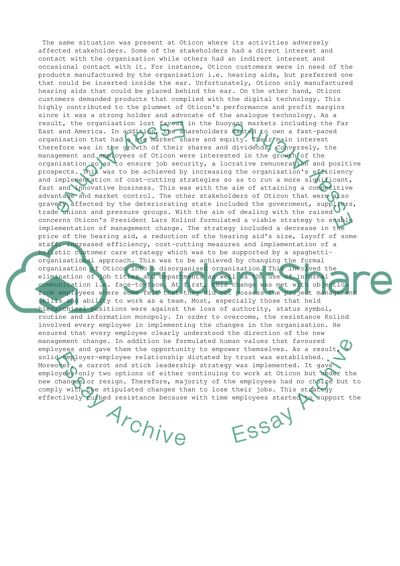Cite this document
(“Management Change Coursework Example | Topics and Well Written Essays - 1000 words”, n.d.)
Retrieved from https://studentshare.org/management/1425194-management-change
Retrieved from https://studentshare.org/management/1425194-management-change
(Management Change Coursework Example | Topics and Well Written Essays - 1000 Words)
https://studentshare.org/management/1425194-management-change.
https://studentshare.org/management/1425194-management-change.
“Management Change Coursework Example | Topics and Well Written Essays - 1000 Words”, n.d. https://studentshare.org/management/1425194-management-change.


